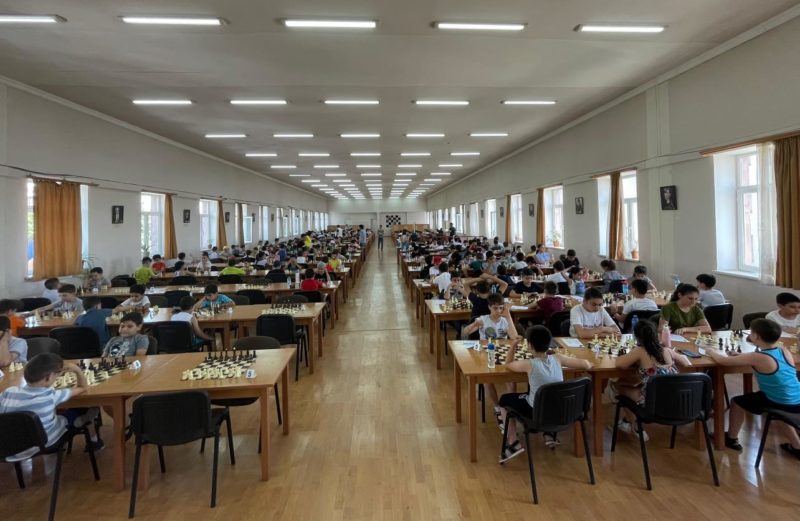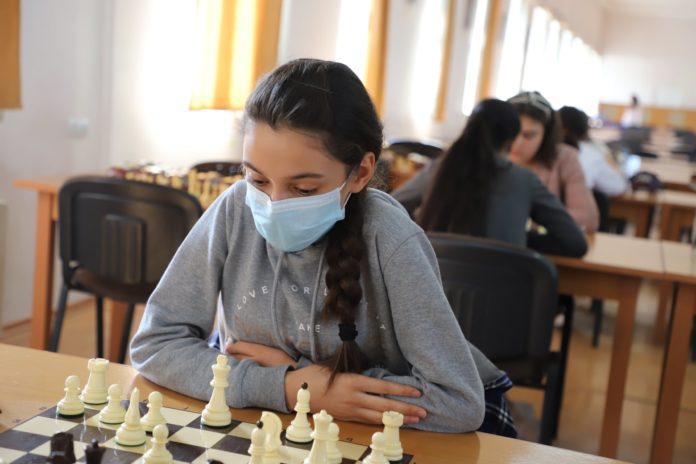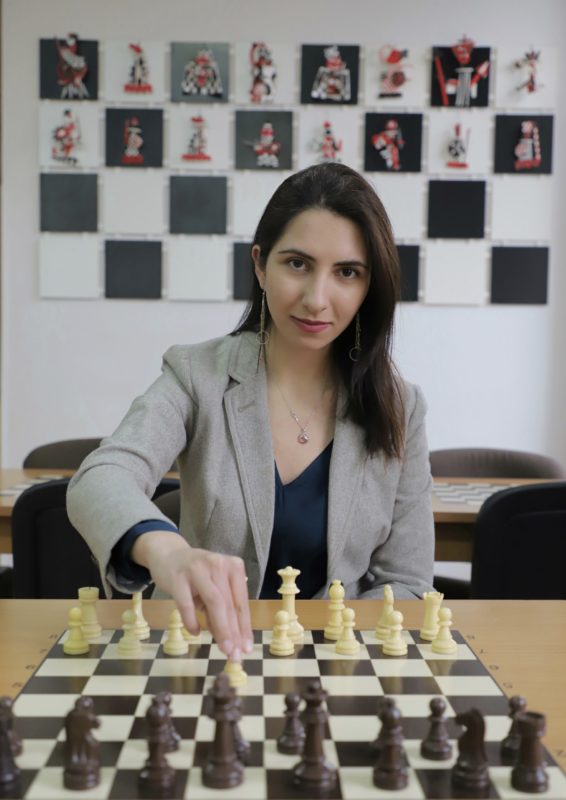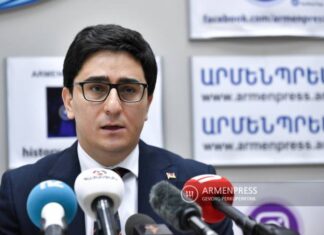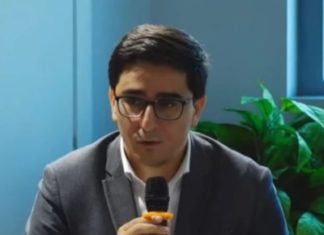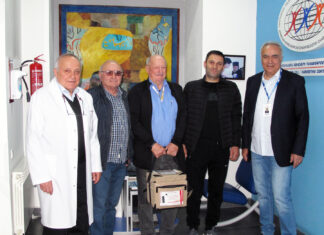YEREVAN — Much of the world today seems to have discovered (or rediscovered) a passion for chess, arguably due to freed up time during the COVID-19 and the hit Netflix Show “Queen’s Gambit.” For Armenians on the other hand, chess is much more than a quarantine pastime – it’s an integral part of society. This begs the question – how is it that chess is so embedded in the fabric of Armenian culture?
Early History
Sources date that Armenians have been playing chess as early as the 9th century, which they called “chatrak,” deriving from the Sanskrit word “chaturanga” — the name of a board game theorized to be the ancestor to chess (Soviet Armenia Encyclopedia, 1986). The foundation of modern chess in Armenia hails its origins back to Soviet Armenia when the Armenian Chess Federation was created in 1927. From thereon, lectures on chess and chess clubs began to grow popular in the country, and Armenia hosted its first National Championship in 1934, for both men and women. The “founding father” of chess in the country was Genrikh Kasparyan, who made it to the semi-final of the USSR Championship in 1931 and won the Armenian Championship 10 times from 1934 to 1956, which is still a record to this day. While Kasparyan set the early foundation, many reports credit another player to be the one who truly lit the spark for chess in Armenia.
Tigran Petrosian was born in Tbilisi, Georgia in 1929, and studied chess there until moving to Yerevan in 1946. Nicknamed “Iron Tigran” for his strong defensive playing style, Petrosian won the Armenian National Chess Championship in 1946 and 1947, and became USSR Junior Chess Champion at the age of 17. In 1952, after moving to Moscow, he became one of the first Grandmasters in the world (per FIDE) and went on to win the USSR Chess Championship in 1959, 1961, 1969, and 1975. However, it was Petrosian’s victory over Russian Mikhail Botvinnik to become the 1963 World Champion that was truly his breakthrough moment.
Rise in Popularity
The popularity of chess in Armenia after Petrosian’s 1963 victory skyrocketed. According to the Soviet Chess Encyclopedia of 1990, there were 30,000 chess players in Armenia in 1962, but upwards of 50,000 by 1986. It is even said that the prevalence of boys in Armenia named “Tigran” spiked after 1963 — no doubt a tribute to Grandmaster Petrosian. In the early 1970s, the now iconic “House of Chess Players” was opened as a hub for all chess activity in Yerevan, an Armenian chess magazine began to circulate, and chess lessons were televised. By the mid 1970s, in the same way Western societies sent their children to play on sports teams after school, Armenians would send their children to chess classes. Playing chess turned into much more than a board game for Armenian society: it was an area of national pride.
